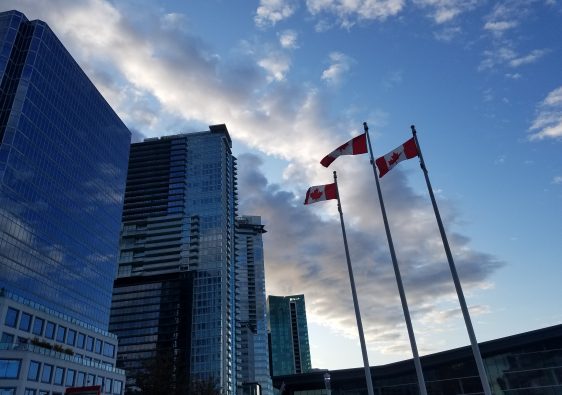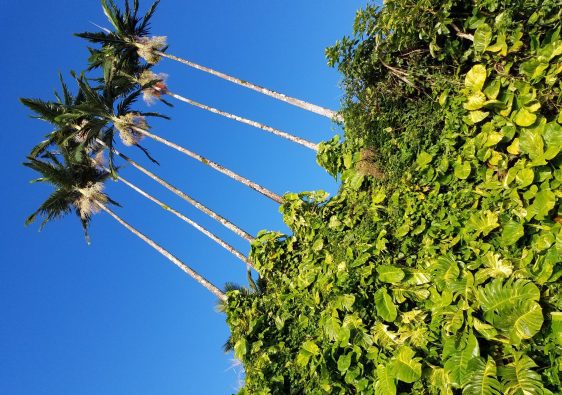Page menu:
Overview – When to visit – Things to do – Places to visit – Cost – Insider tips
The South Island of New Zealand is laid back and beautiful. Towns are more sparse and fields abundant. This is the island for long rides with amazing views, hikes, wine tasting and exploration. Although it’s not quite as busy as the North Island, there are once in a lifetime sights that make taking the ferry south worthwhile!
Before you read any further, please note that my camera broke very early into this trip, so most of these pictures were taken on a burner NZ phone. Excuse the quality, and go see the real beauty for yourself!

Overview:
Language: English
Money: New Zealand Dollar (NZD)
Conversion rate: 1USD=1.43NZD (as of Sept. 2021)
Tipping: It is not common (or expected) to tip in New Zealand, although tour guides would appreciate a small ‘thank you’ tip.
Outlets: 220 volts. If you are traveling from the US or Japan, you will need a converter and an adaptor.
Emergency #: 111
People: New Zealaneders proudly refer to themselves as “Kiwis”. Kiwis are incredibly friendly and open people, making it easy to strike up a conversation with a stranger at any time.
Safety: New Zealand, overall, is a safe country. Of course, there is crime everywhere, but I never felt unsafe during my 8+ months of exploring there.
Water: Tap water is safe to drink. If you are freedom camping, or staying in ‘holiday parks’ be sure to check for signs around water spigots. They are often labeled “not potable” if they are unsafe to drink.

Seasons:
The South Island is less temperate than the North and can get really cold in the winter. Even in the cold though, it’s an incredible place to explore & the winter months can add some magic to the mountain views!
Winter=June-August (If you visit the South Island in the winter, be prepared for many hikes to be closed due to snowfall or blocked roads.)
Spring=September-November (Still chilly, pack a nice jacket and a raincoat)
Summer=December-February (This is a great time to be in NZ if you like the sunshine and don’t mind crowds.)
Fall=March-May (All of the hikes will be open and the colors make for some spectacular sights.)
High tourist season=Summer. This means towns will be busier, hotels and tours will be more difficult to book and prices will likely rise.
My recommended time to visit: After spending nearly the year there in 2018, I can say that Spring and early Fall are my most recommended times to visit. You don’t get the overpricing of the summer and all of the hikes are open (unlike the winter).
Things to do in the South island of New Zealand:
Hike: The South Island has even more hikes than the North Island. Many multi-day hikes can be found through the mountains, but if camp-trekking isn’t really your thing, they also offer countless small hikes through trees, along the beaches, and on boardwalks.


Steepest street in the world: Dunedin is home to the steepest street in the world. I don’t recommend driving on it, but I highly suggest parking at the bottom and walking up. It’s like a real life fun house….and people live on it!
Milford Sound: TAKE THE CRUISE. If you don’t have a car, you will need to catch a bus or go on a tour (no worries, there are tour operators everywhere, especially in Te Anau). There are a few ways to see the sound: drive to it and look, hike around it, or take a boat through it. Do the third one. 😉


Adventure in Queenstown: Literally the adventure capital of the world! This is the place where bungee jumping was started and they have only added adrenaline filled activities since.
Places to visit in the South island of New Zealand:

Lake Tekapo: A small, old, fishing town now is an adorable stopover on your way South. The entire town is walkable and has a historic church, infamous fish food cart, a beautiful day or night hike option to a space observatory, and beautiful views of snowy mountains melting into the sea. A great place to pause and breathe in the fresh air.
Christchurch: You may hear others tell you to skip this city, but I say spend a few days there! They offer free walking tours with amazing guides that make the experience personal and educational. It’s a sad story of loss from the earthquake and the struggle to rebuild. Christchurch also has some great museums, a massive park in the center of town, street art, a big shopping mall and quite a few fun bars.


Invercargill: A good place to pause and take a day trip down to Bluff. There isn’t much there, other than an amazing view of the ocean and some good hikes, but when you’ve gone that far, stopping off at the southernmost point is a must. (Especially if you have visited the Northernmost point in the North Island. Check out my North Island Guide if you’re planning on visiting both islands!)
Te Anau: A small town with a lot of tour options. There are quite a few hikes around this area and it is the last town on highway 94 before you get to Milford Sound. There is a supermarket and a few restaurants if you end up getting snowed in for a few days. 😉 Any of the many tour offices in town can get you hooked up with any number of hikes, treks, kayaking, cruising, outdoor adventures around the area. This is such a unique geographical point that it shouldn’t be skipped.

General Costs:
New Zealand isn’t a cheap country by any means. With some planning and budgeting, overall cost to travel the North Island can become a lot more reasonable. I’m all about making travel dollars stretch, but remember that it’s okay to splurge every once in a while for a once-in-a-lifetime experience (which NZ has a lot of, so shop around). Here are some general cost ideas to get you started:

Budget
Food: Buying groceries and cooking yourself is one of the cheapest options. If you don’t have access to a kitchen, street food can be affordable, starting around $8/$10 a plate.
Accomodation: Freedom camping (if you have your own, self-sustaining van) is free. Tent camping is about $15 a night and Holiday parks cost around $20per person. Hostels run about $20-$40 a night.
Transportation: Rideshare boards are offered at many hostels, where you meet a fellow traveller and get a ride from them in exchange for for gas money or lunch. Buying a single bus ticket can be anywhere from $1-$25.
Activities: Hikes cost nothing (or sometimes a small fee to enter the park), museums are donation based or cost around $10.

Mid Range
Food: $15-$25 per meal at an average restaurant. Drinks run you about $9-$12 each (but happy hour is very popular)!
Accomodation: Private rooms in a hostel or local hotel cost $50-$70. Airbnbs are, on average, closer to $75.
Transportation: You can buy a “Flexipass” with Intercity bus which is a one time cost (of $130-$250) and you can hop on and off busses all over the country. It uses an hours based system, so it’s a great option if you are doing a lot of moving around the island.
Activities: Guided tours are anywhere from $30-$100s. Feeding Stingrays is around $40 each. Hobbiton is closer to $80.

High End
Food: Of course, there are high end restaurants (I worked in one) where the meals are upwards of $60+ per plate. Personally, I don’t see the need to spend this kind of money on food since the rest of the country is costly. Maybe splurge for a date night, but it might be better to save your cash for bigger experiences.
Accomodation: Chain hotels are easily $150+.
Transportation: Renting a car is also a good option. (Ususally costing around $15-$50 per day, depending on the type of vehicle, length of rental and hidden fees)
Activities: Surf lessons run about $100. Glowworm caves around $120, and skydiving & bungee jumping are easily $200+.

Insider tips:
1 All over New Zealand, the government has set up tourist info centers, called “i-sites” (you can spot them by the logo: a cursive “i” inside a green circle.) They are open almost everyday and have a wealth of information.
2 Although the bus system in New Zealand is great, I recommend getting a car for the South Island. Most towns and activities are spread apart, and there are a lot of hikes that can only be accessed by car.
3 You will likely hear locals saying “Sweet as” this is a common slang to accentuate their point, show excitement, or positively agree.
4 Check out my North Island Guide for more tips & info!



